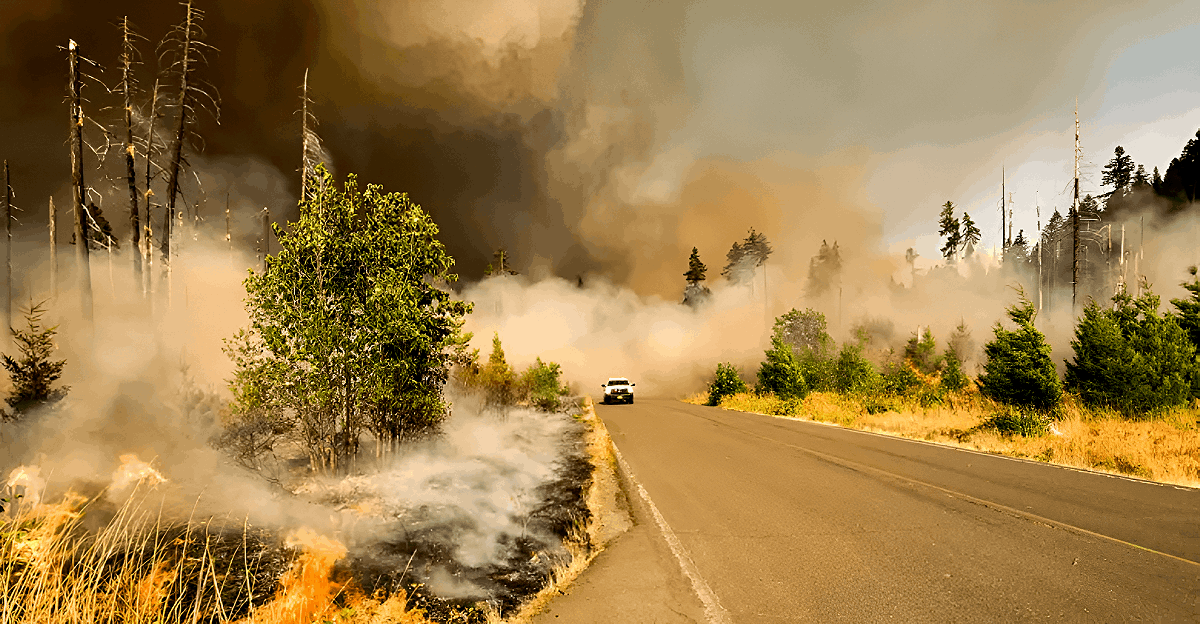
On August 31, 2025, a lightning strike ignited a wildfire east of Leavenworth, Washington, in the Okanogan-Wenatchee National Forest. This ignition rapidly escalated as smoke drifted across Chelan County, becoming a significant local disaster. Emergency crews rushed to contain the fire as communities started to feel the effects of a crisis that would deepen in intensity.
“We could see the smoke from miles away,” recalled a resident. “It felt surreal, knowing that our forests were burning.” The early response highlighted the urgency and anxiety of those witnessing the flames threaten their homes and livelihoods.
Rapid Growth
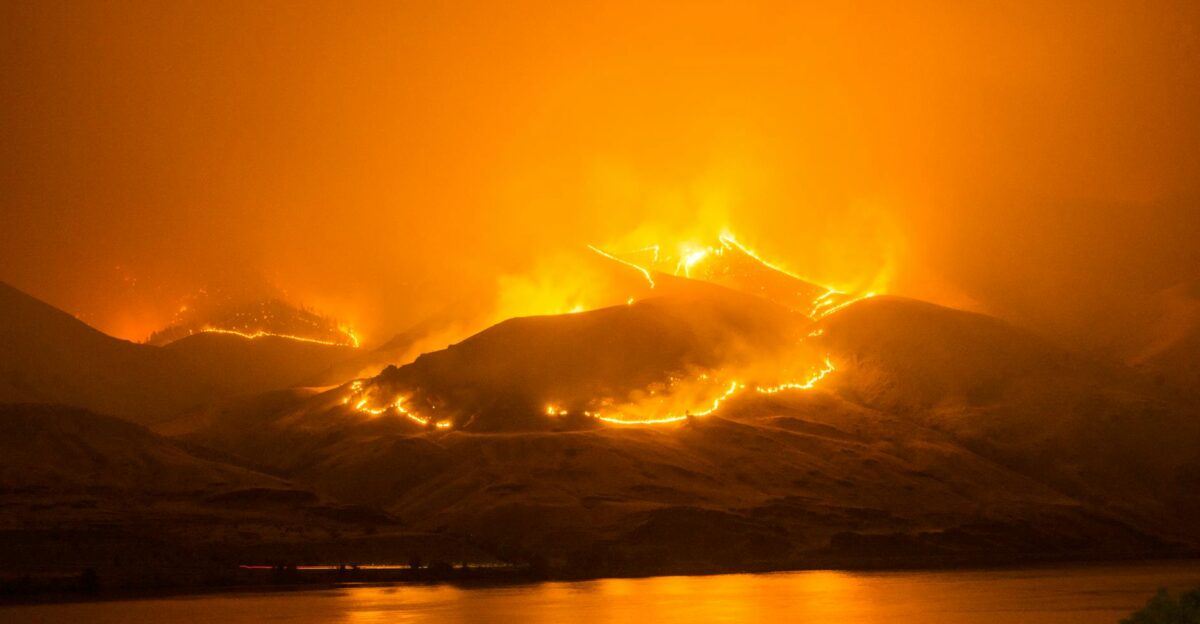
In just 23 days, the Lower Sugarloaf Fire surged explosively, consuming over 30,362 acres. As flames raced through the forest, officials scrambled to enhance containment efforts, implementing evacuation orders along Entiat River Road and nearby communities. “It was chaos. We were told we had to leave, and there wasn’t much time,” said a local farmer.
Weather forecasts predicted high winds, arming the wildfire with potential to spread even further. Communities braced for the worst, grappling with the reality of having to evacuate amidst growing uncertainty. The swift growth rate marked this fire as a critical incident with wide-reaching implications.
Historical Context
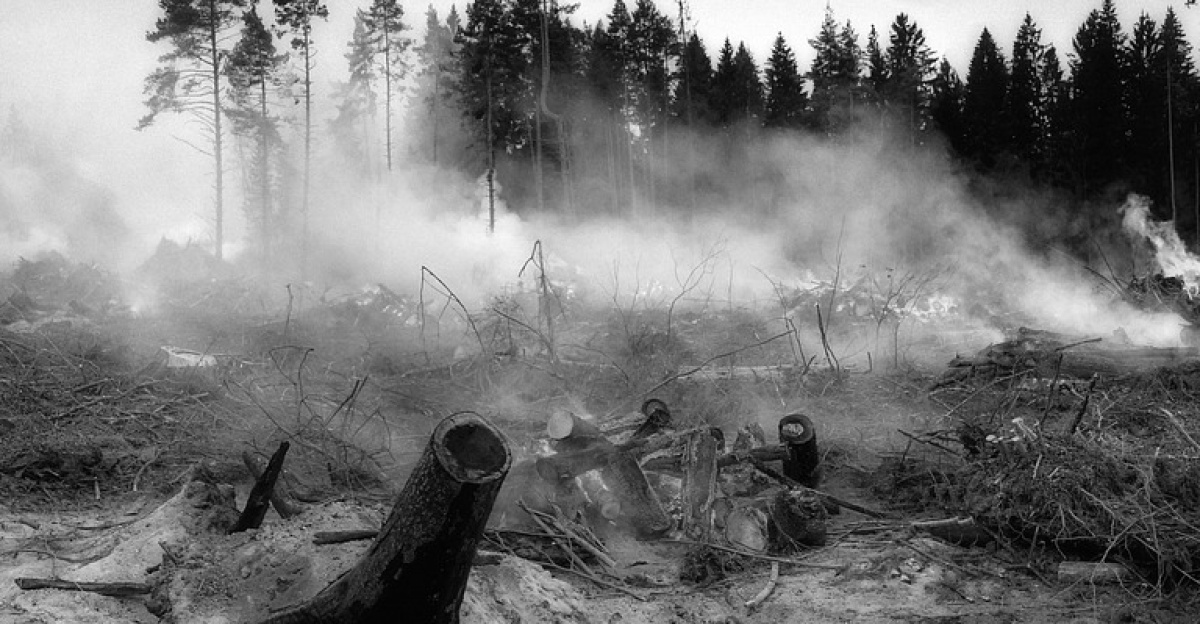
The past decade has seen Washington’s wildfire seasons intensify dramatically, with 2021 and 2022 witnessing over 500,000 acres burned statewide. Chelan County, in particular, has been no stranger to recurring evacuation orders and major incident declarations since 2018, presenting ongoing challenges for residents and officials alike.
“We’ve had our fair share of close calls,” said one local official, emphasizing the disruption this history has created for communities. The enduring threat of wildfires has become an increasingly familiar reality, fostering a deep-seated anxiety regarding safety and safety preparedness in eastern Washington’s picturesque landscapes.
Layers of Pressure
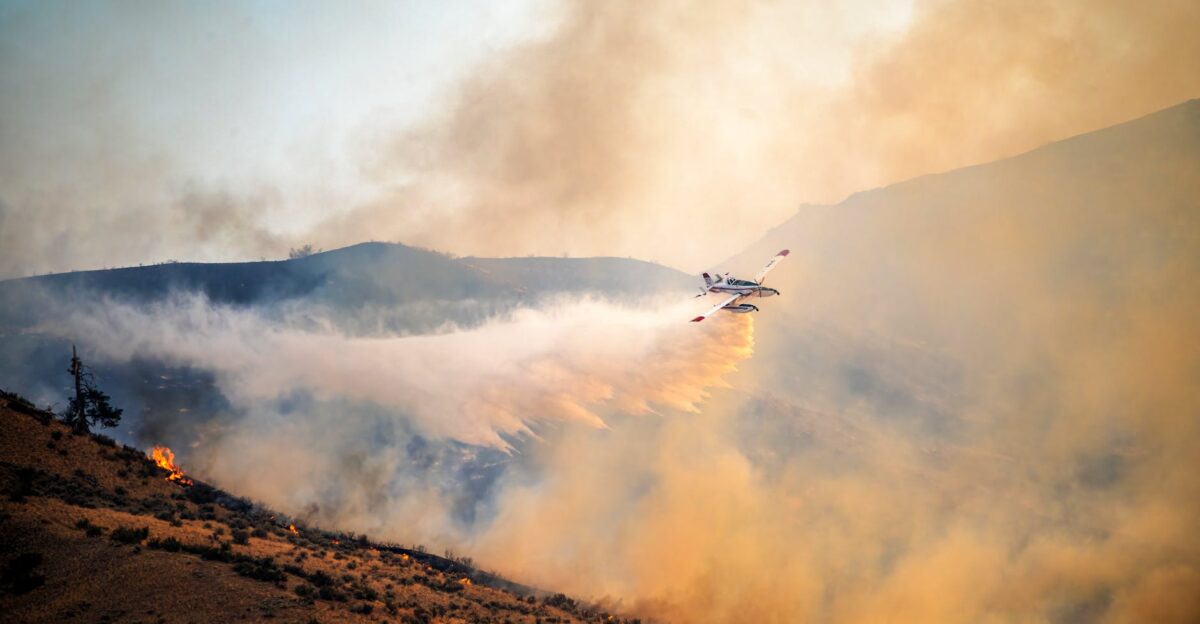
The escalating wildfire seasons are partially attributed to climate change, prolonged drought conditions, and reduced funding for fire management. In 2025, the state Legislature cut wildfire prevention budgets, inciting alarm among officials and frontline firefighting crews. “Without the necessary funding, we are left vulnerable,” said a local firefighter.
The combination of these pressures has intensified the fires themselves and complicated the response efforts needed to protect lives and property. With droughts becoming more frequent, the fire season has transformed from a seasonal threat into a year-round concern, raising worries for what lies ahead.
Historic Blaze
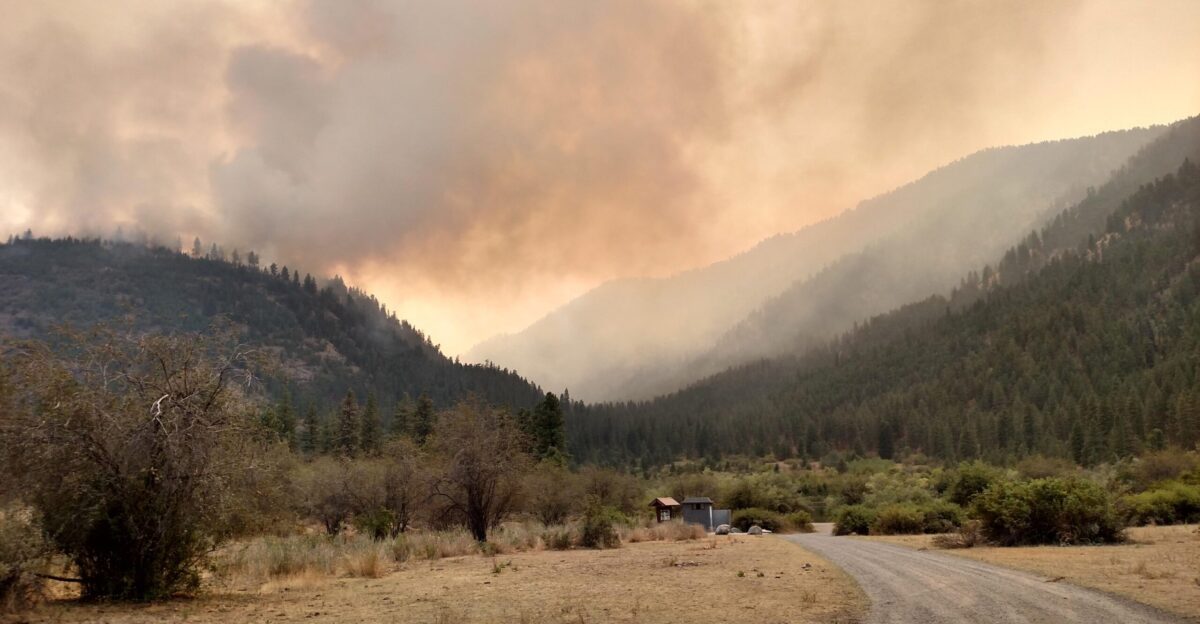
The Lower Sugarloaf Fire set a new local record for size and response cost, with over 1,531 personnel deployed and 11 helicopters aiding suppression efforts. By September 23, containment efforts had reached just 27%, yet the fire’s scale surpassed previously recorded regional fires.
Local leaders and residents expressed their astonishment at the fire’s ferocity, with one resident remarking, “I never thought I’d see our forests burn like this.” The struggles experienced by containment teams mirrored the struggles of the affected communities, reflecting a broader crisis that highlighted the escalating fire dangers in the region.
Evacuations Implemented
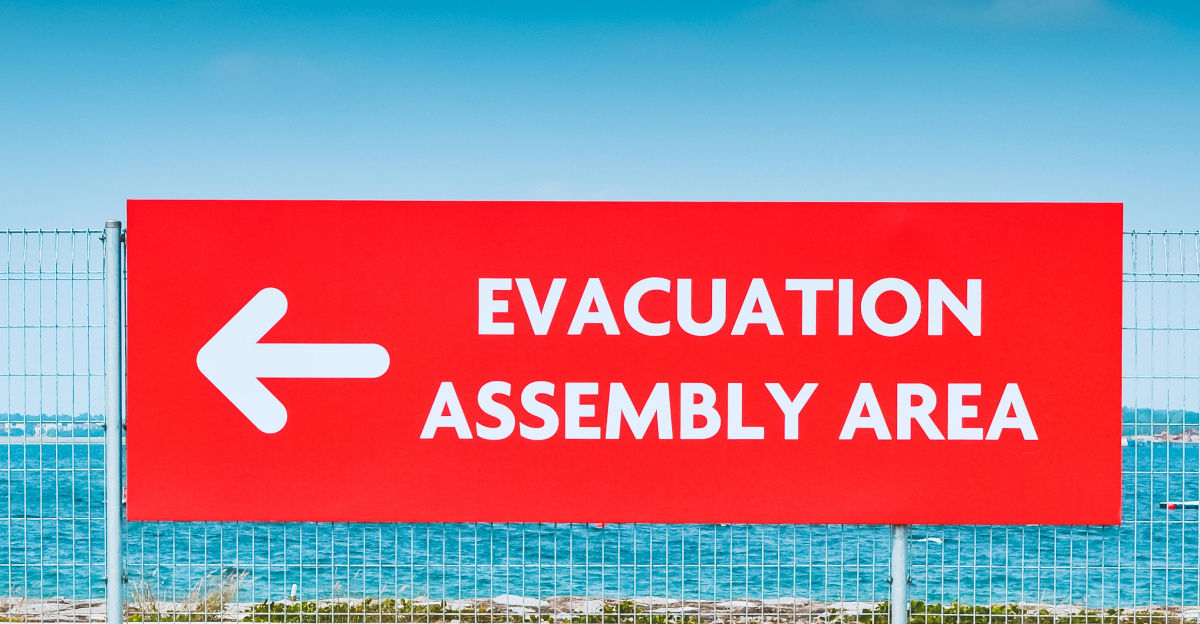
As the Lower Sugarloaf Fire spread, hundreds of homes near Entiat River Road faced mandatory Level 3 “Leave Now!” evacuation notices. Shelters were set up at the Entiat Warehouse Community Church, providing refuge for displaced families.
“Leaving everything behind was one of the hardest decisions I’ve ever made,” shared Heather Collins, a resident, capturing the emotional turmoil experienced during evacuations. The community rallied together, demonstrating resilience amidst the chaos and uncertainty. These rapid actions emphasized the direct impact of the flames on local lives, transforming everyday routines into survival strategies as they fled their homes.
Evacuation Firsthand
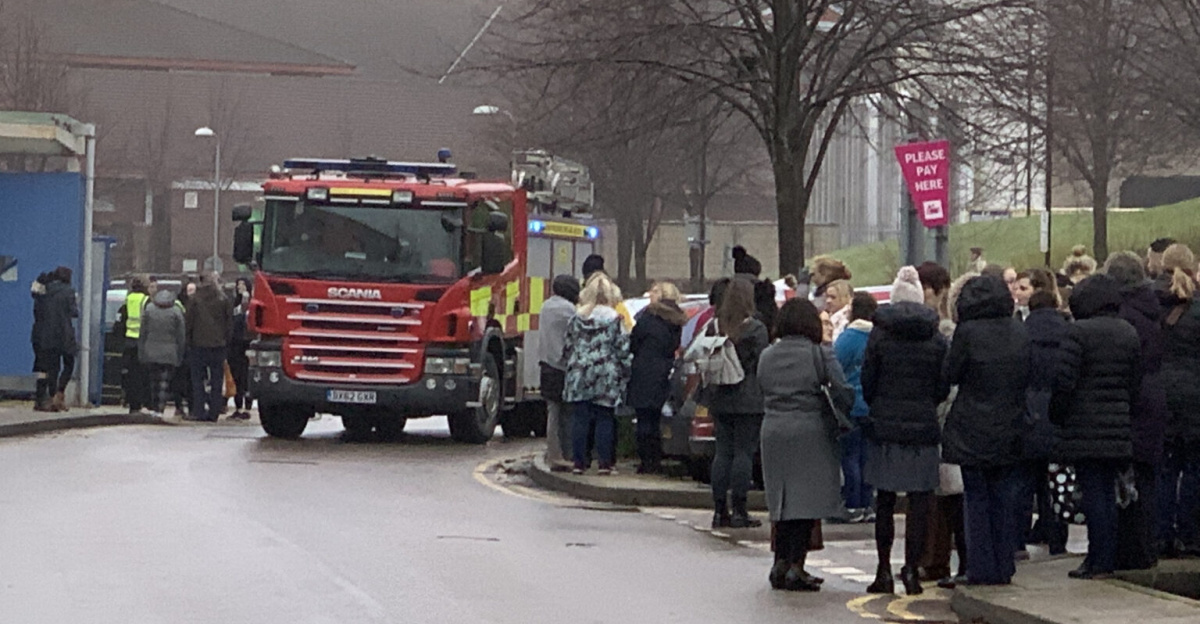
Residents described a harrowing experience during the evacuation process, having little time to prepare. “We had twenty minutes to grab our essentials,” Heather Collins recounted, highlighting the urgency that overshadowed their evacuation. Fortunately, as of late September, no injuries or destroyed structures had been reported, which many attributed to the prompt response by emergency services.
This element of luck, however, did little to ease the anxiety in the community as they faced an uncertain future. “It’s a constant worry now,” Heather added, reflecting the uneasy atmosphere that enveloped families forced to abandon their homes in the name of safety.
Coordinated Response
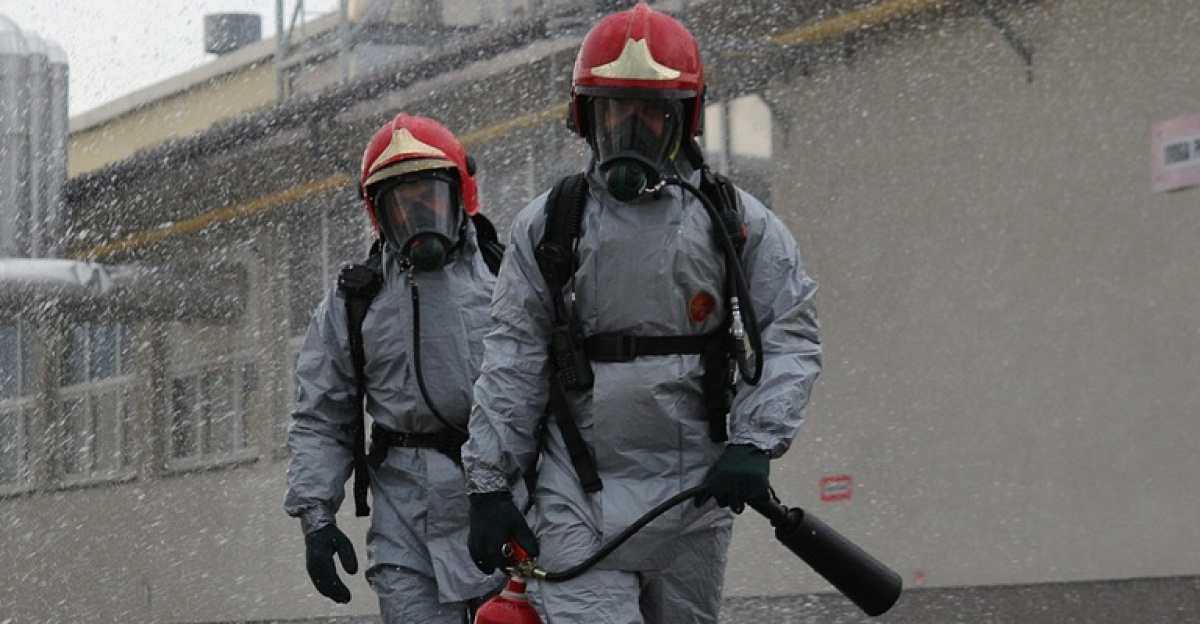
In a strategic move, Washington State Patrol Chief John Batiste authorized the mobilization of fire resources on September 4, 2025, following the escalating situation of the Lower Sugarloaf Fire. Multiple strike teams were quickly organized across Chelan County, with local emergency operations coordinating logistics and staffing to facilitate an adequate response.
“Every person counts in a situation like this,” emphasized Batiste, as officials worked tirelessly to battle the advancing flames. This mobilization marked a crucial phase in suppression efforts, as communities faced heightened levels of uncertainty and anxiety regarding their homes and safety during a volatile fire season.
Increasing Risks
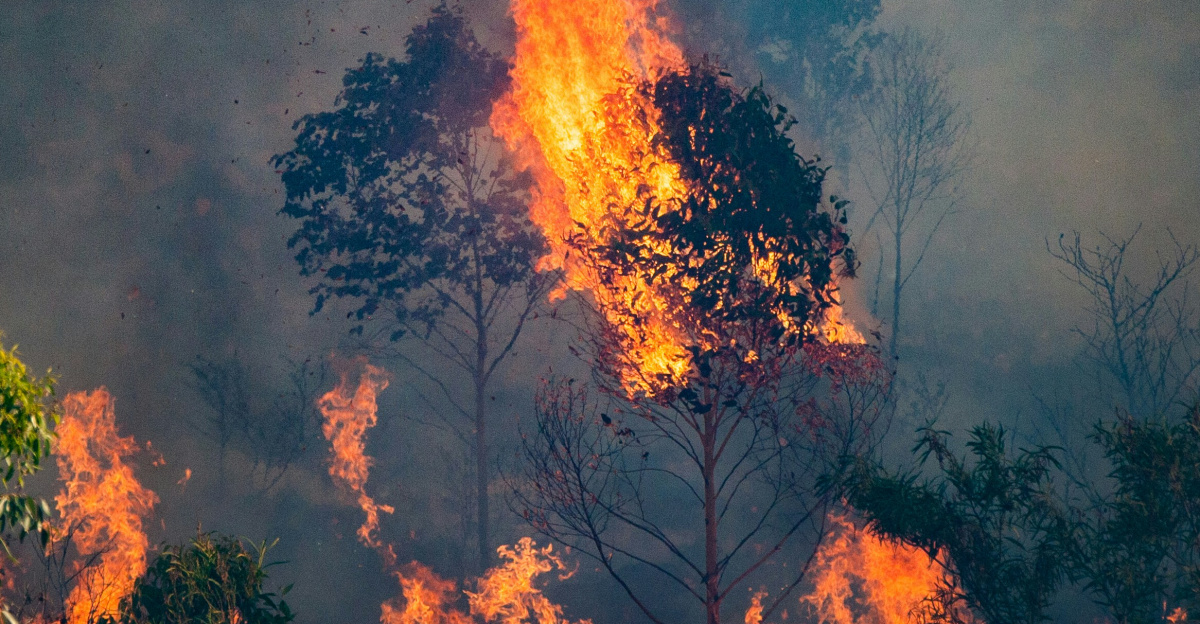
The Lower Sugarloaf Fire is emblematic of a broader trend in the Pacific Northwest: the growing frequency of wildfires. National studies have indicated that rising summer temperatures and earlier snowmelt contribute to expanded high-risk zones, particularly in eastern Washington forests.
“What we’re witnessing is just the tip of the iceberg,” warned an environmental analyst. As natural landscapes evolve due to climate shifts, the increased occurrence of wildfires alters not only the lives of residents but also impacts ecosystems and wildlife. This trend poses significant questions about preparedness and future management strategies, especially as conditions fluctuate unpredictably.
Escalating Costs
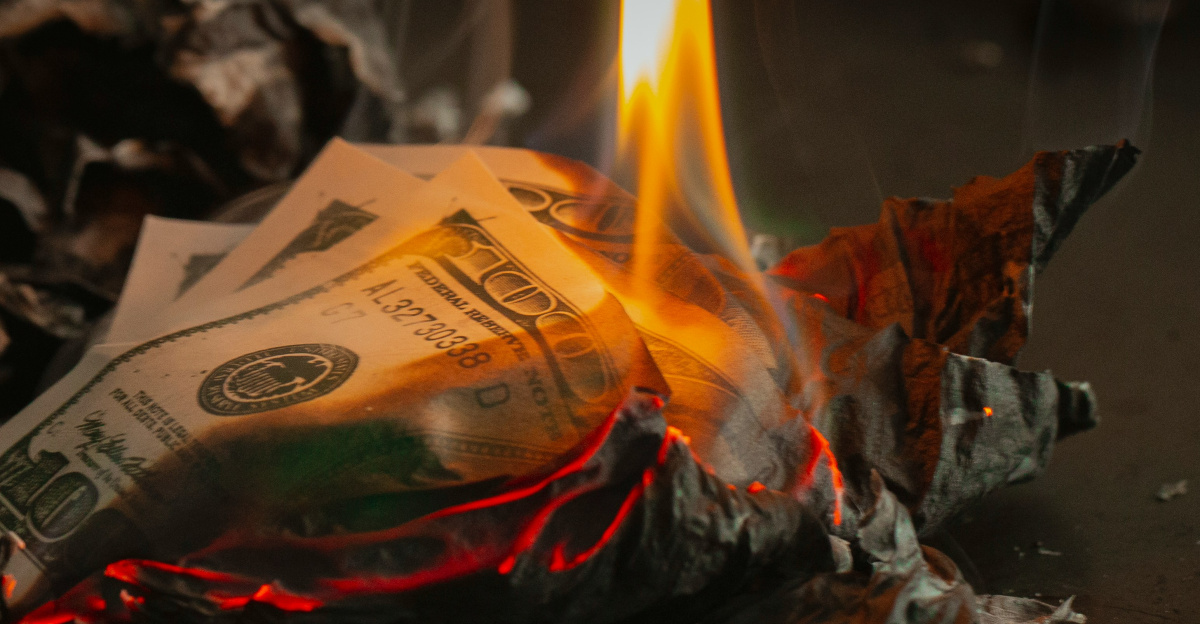
By September 23, the suppression costs related to the Lower Sugarloaf Fire had climbed to an astonishing $37.5 million, squeezing already stretched firefighting budgets. Officials voiced concerns that continued funding cuts could limit future prevention capabilities and response measures. “It’s disheartening to see budgets slashed when we need them most,” remarked a local emergency manager.
Diminished resources jeopardize current containment efforts and set the stage for increasingly frequent, large-scale fires that could overwhelm resources in the coming years. This mounting financial burden and the rise in wildfire threats raise significant concerns for the state’s future preparedness.
Local Frustration
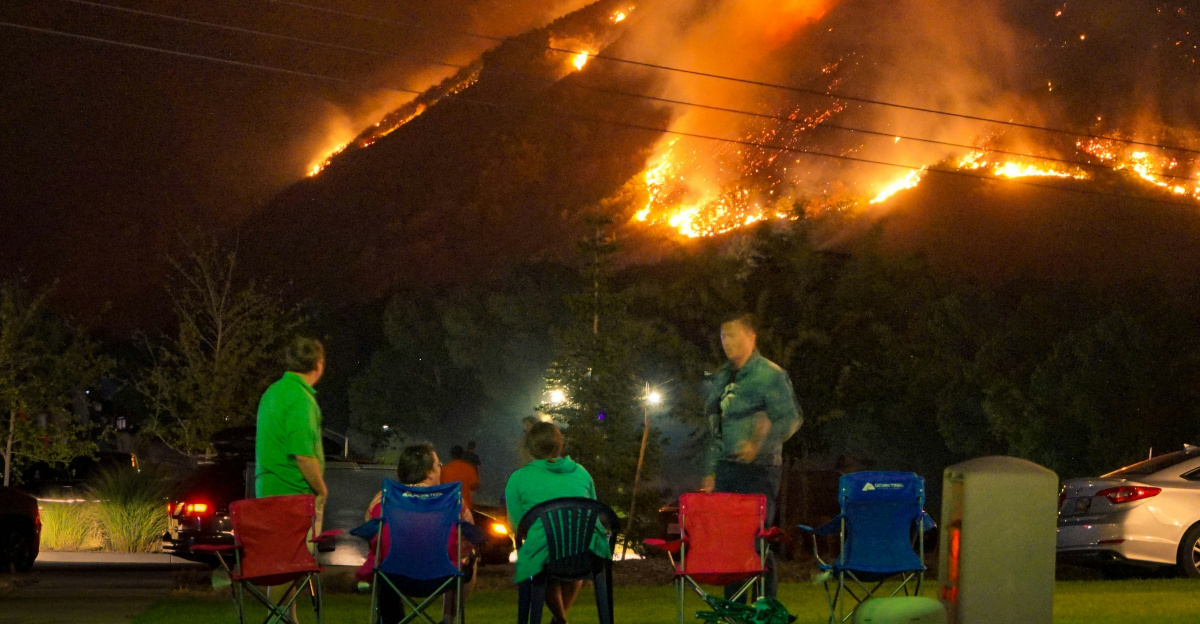
The emotional toll of the Lower Sugarloaf Fire extended beyond physical damage and frustration among local stakeholders over insufficient funding. Chelan County Commissioner Kevin Overbay articulated these concerns: “Our economy and safety are at risk without adequate funding.
We can’t keep relying on luck.” Area landowners expressed their anxiety, echoing the urgency for restored budgets during local meetings and in regional news coverage. The interwoven concerns surrounding financial support reflected an ever-growing awareness that immediate action was needed to address the crisis threatening the land and the community’s very existence.
Call for Action
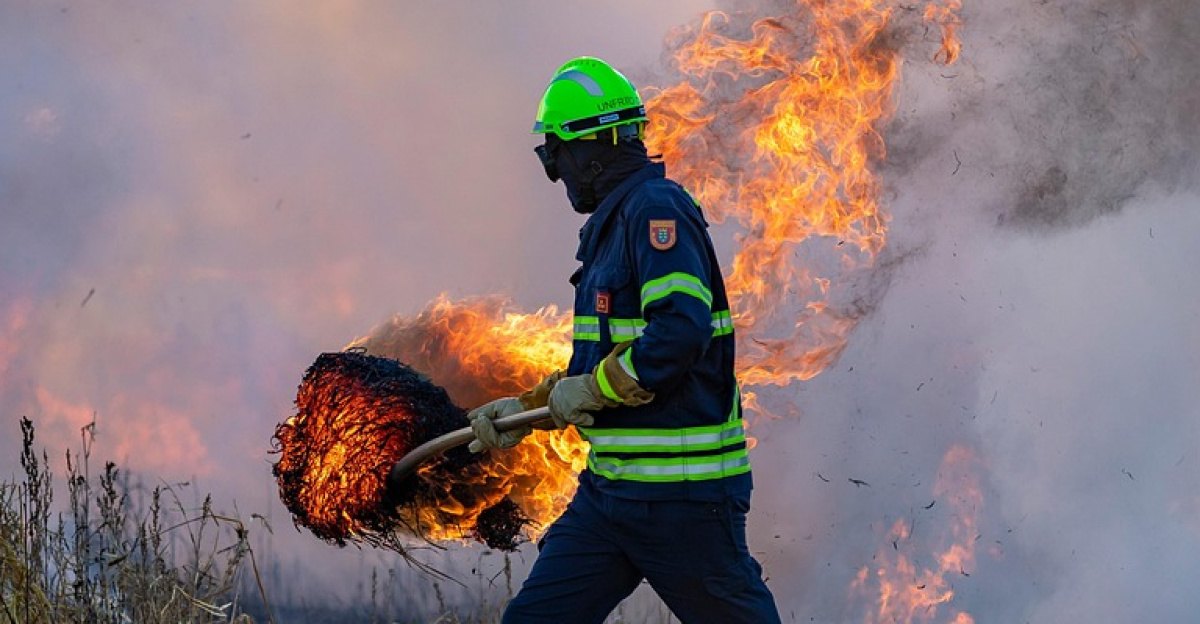
Washington Lands Commissioner Dave Upthegrove has been a vocal advocate for restoring wildfire funding. At various press events, he emphasized, “If next year’s budget does not restore funding, fires will keep getting larger and costlier for all Washingtonians.” His plea resonates with community members, firefighters, and officials grappling with the cyclical nature of wildfires.
The urgency of his call underscores the need for legislative changes to ensure adequate resources for prevention and response are established before facing the next fire season. As discussions continue, the stakes remain high for local communities affected by the recurring threat of wildfires.
Ground Efforts Intensify
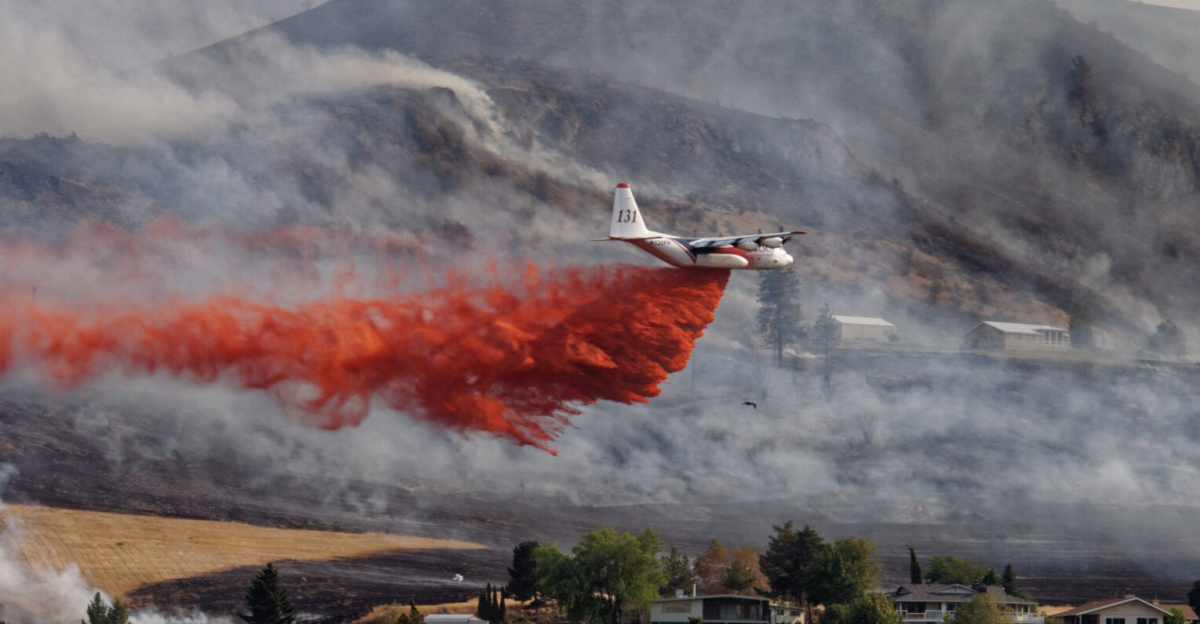
Amid favorable weather conditions on September 23 and 24, firefighting crews intensified their efforts through burnout operations and mop-up procedures at Roaring Creek and Dinkelman Ridge. Aerial resources provided strategic water drops to enhance containment strategies as the fire approached critical thresholds.
“We’re putting everything we have into this fight,” a leading fire captain stated, emphasizing the dedication and determination of the entire firefighting team. As operational complexities increased, teams worked to ensure both personnel safety and the objective of protecting local communities from further devastation. The collaborative spirit showcased resilience amidst unpredictable circumstances.
Expert Insights
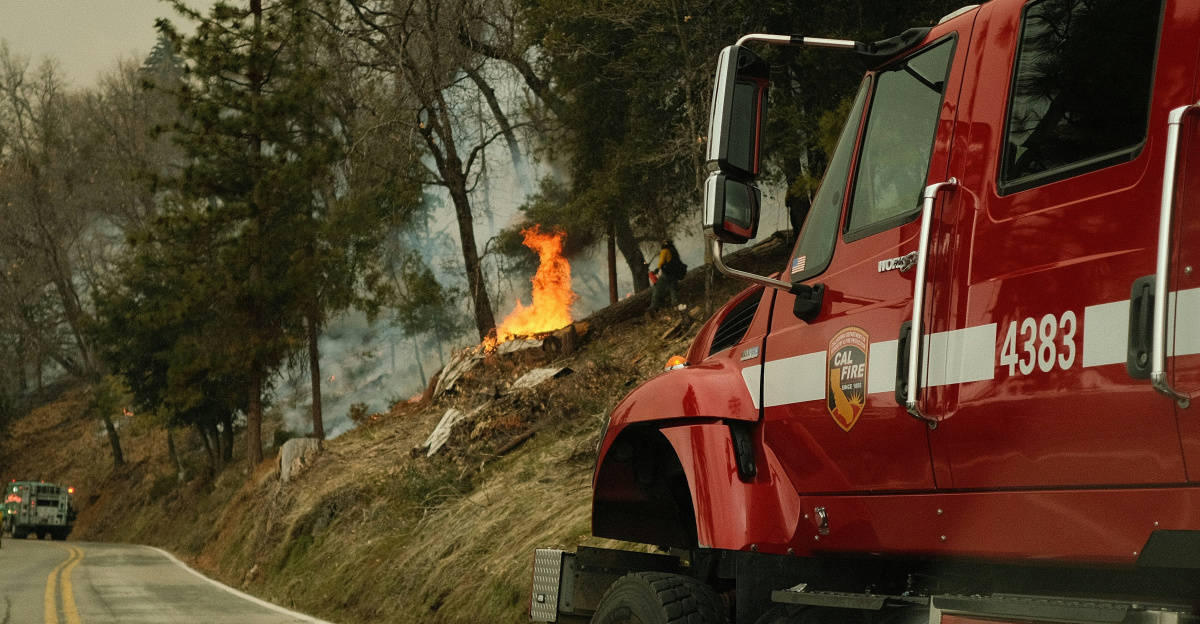
Experts voiced concerns about the barriers posed by reduced funding and persistent drought conditions. “We need to prioritize mitigation efforts for recovery and prevention,” stated Collin Haffey from the Department of Natural Resources, emphasizing the critical need for resources dedicated to forest management.
With wildfire dynamics evolving, proactive strategies are essential to prevent future incidents. The long-lasting impacts of reduced funding can hinder progress, making recovery processes slower and more challenging. Insight from these experts highlights the importance of learning from current crises to equip future generations better to face wildfire threats.
Looking Ahead
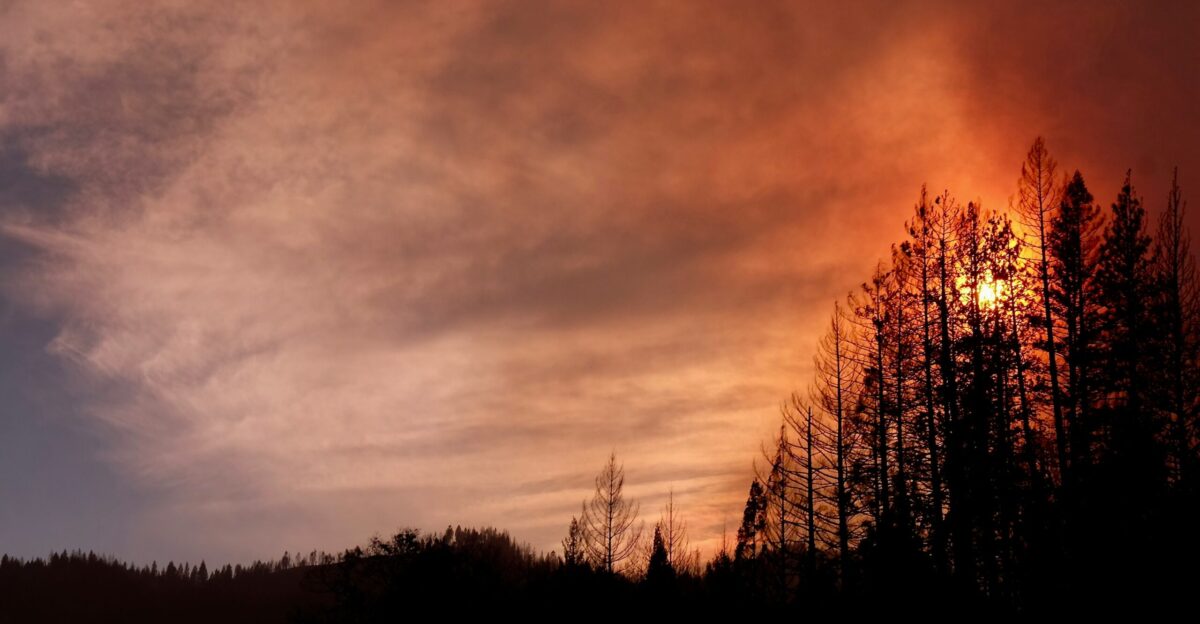
As forecasts indicated favorable weather for the coming days, officials were cautiously optimistic about achieving significant containment progress. Yet, the specter of a Fire Weather Watch loomed, warning that future storms could trigger broader evacuations or new outbreaks in neighboring areas.
The uncertainty encapsulated hope and fear as residents, firefighters, and officials prepared for whatever challenges lay ahead. “It’s a tightrope,” one community member remarked, balancing hope for containment with the stark reality of nature’s unpredictability. Each day brought new possibilities, pushing the community to adapt and strive for resilience in adversity.
Policy Scrutiny
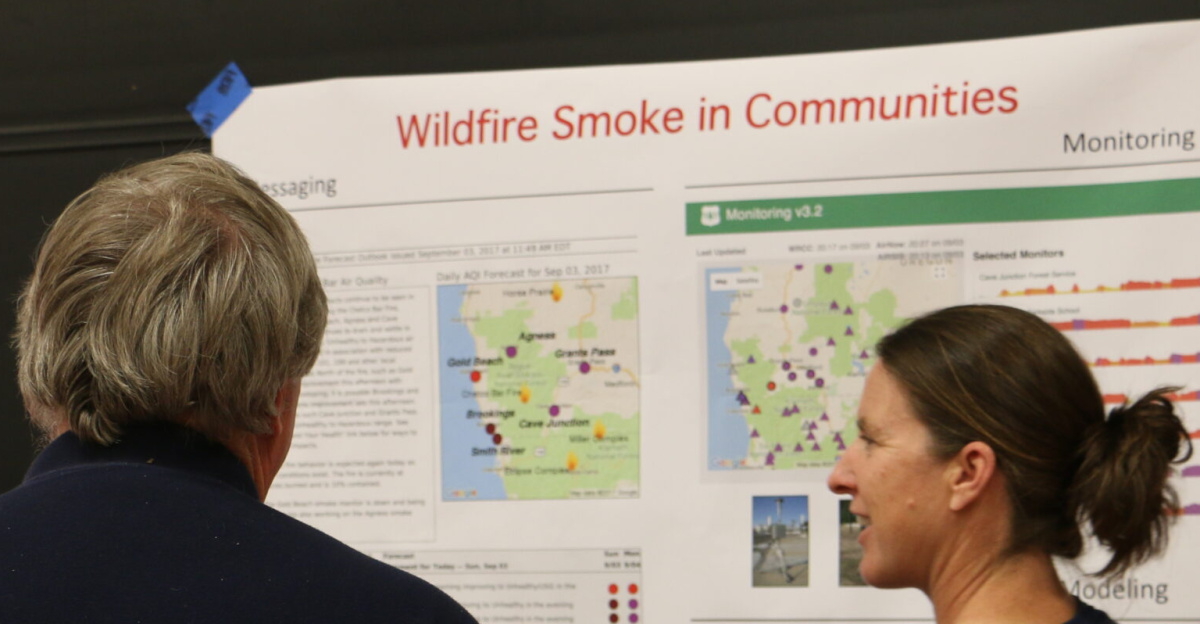
In the aftermath of escalating wildfires and their financial strains, Washington’s wildfire management policies are now under heightened scrutiny. Legislative debates have surfaced, focusing on the need for strategic funding and resource allocation reforms. “We need to reevaluate how we approach wildfire management,” said one policy analyst.
As policymakers grapple with the scope of the crisis, addressing these concerns is paramount to ensuring the safety of communities and ecosystems. The outcome of these discussions could pave the way for a more effective response in future seasons, emphasizing the need for immediate action.
Community Resilience
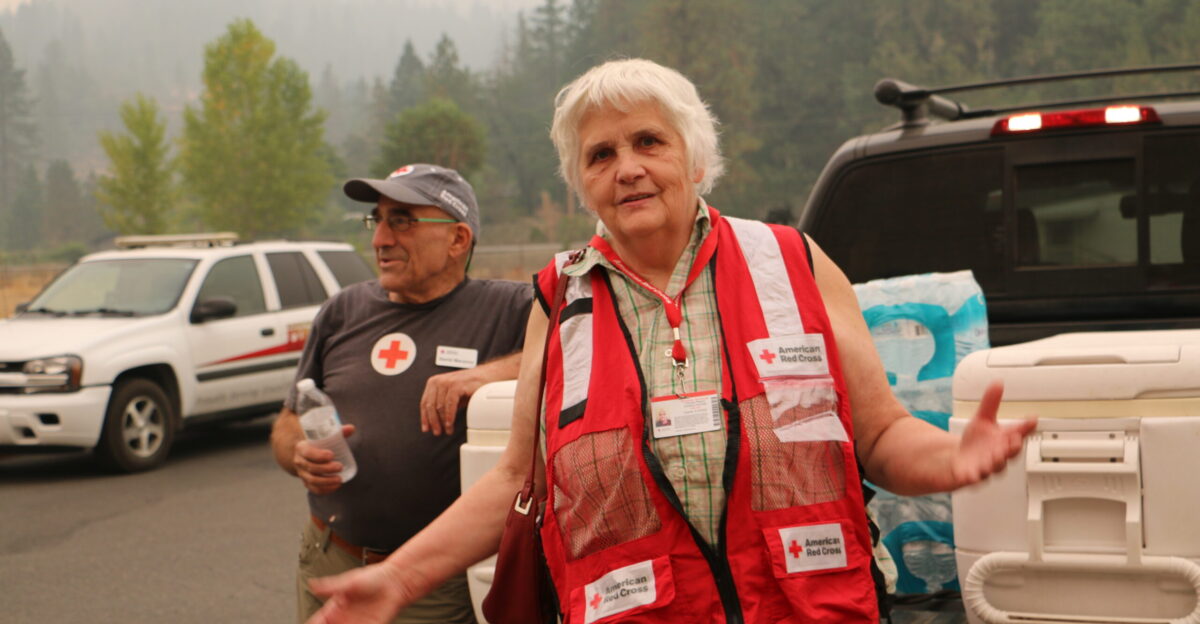
Wildfires’ emotional and physical toll has galvanized the community, fostering a more profound sense of interconnectedness. “We rally together in tough times,” said a member of the local volunteer group assisting evacuees. Neighbors supported one another, helping with shelter and supplies amidst the uncertainty that enveloped their lives.
This collective resilience reflects a spirit of hope and mutual support, as individuals mobilized to assist families affected by the fire. It illustrates how adversity can reveal the strength in local communities, reinforcing bonds crucial in overcoming challenges presented by natural disasters.
Environmental Impact
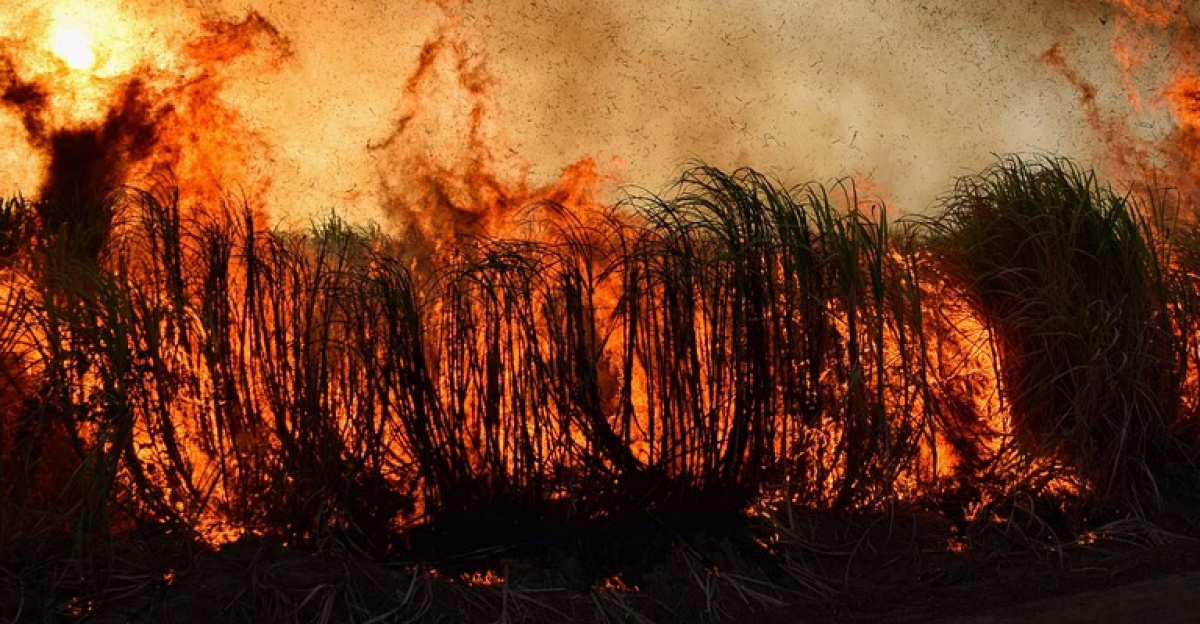
The ecological ramifications of the Lower Sugarloaf Fire extend beyond immediate destruction. “Wildfires transform the entire ecosystem, and recovery can take decades,” noted an environmental biologist. The loss of timber and wildlife habitats has longer-term implications, affecting biodiversity and the health of the forests.
As communities confront the aftermath, gaining awareness and understanding of these impacts is essential. Post-fire assessments must carefully consider the necessity of restoration efforts to mitigate damage. Balancing the urgent need for recovery with environmental stewardship poses a critical challenge that will shape the region’s landscape for years.
Future Preparedness
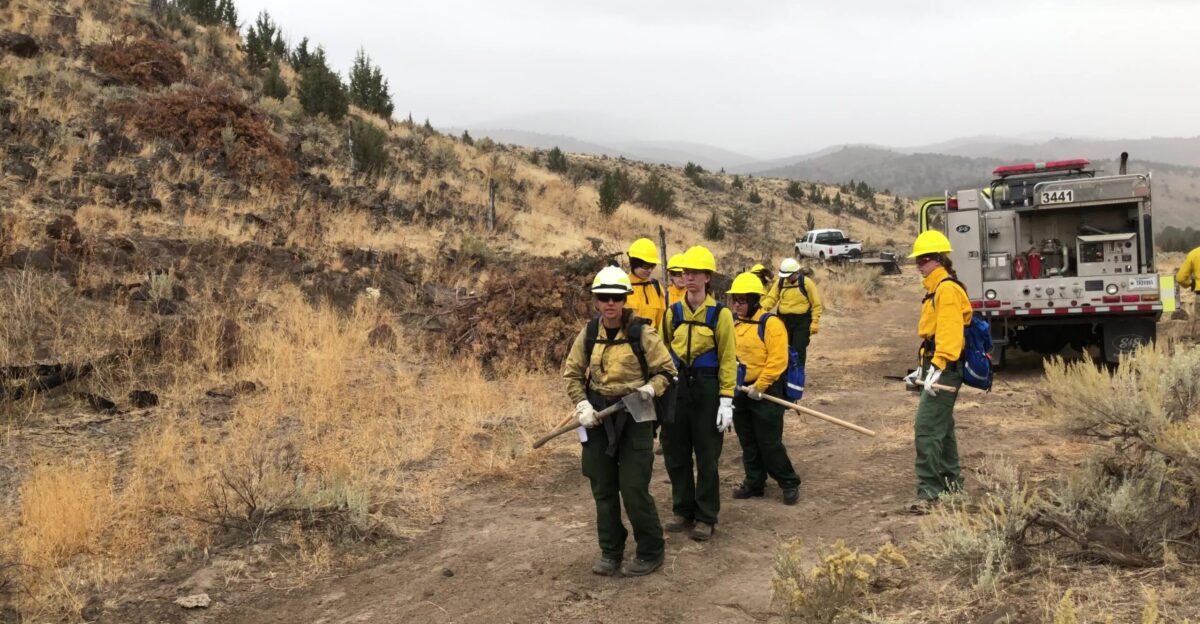
Looking towards the future, finding solutions for wildfire management hangs in the balance. The community, supported by policymakers and environmental experts, collaborates on effective strategies to confront the growing wildfire threat. “Adaptation is key,” remarked a wildlife specialist. Initiatives could include promoting controlled burns, enhancing forest management practices, and fostering community education on wildfire preparedness.
Emphasizing proactive measures could fortify community resilience, equipping residents with tools to combat potential disasters. The path forward must focus on developing sustainable practices that ensure local environments, economies, and families thrive amidst the growing uncertainty posed by climate change.
A Unified Effort
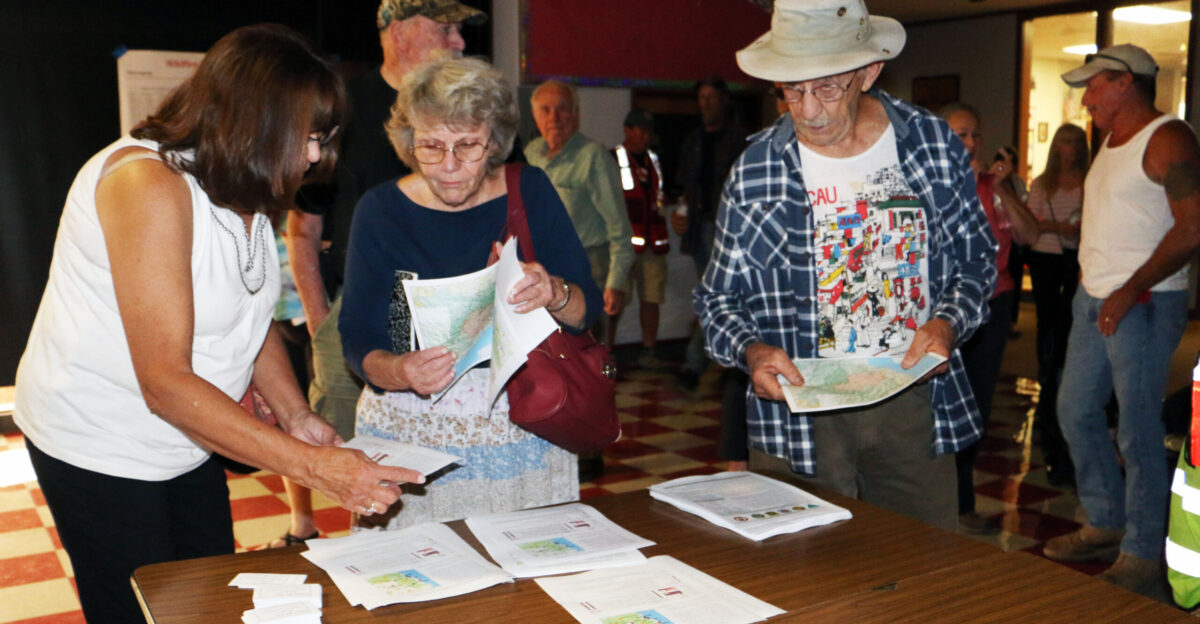
Facing the challenges posed by the Lower Sugarloaf Fire requires a multifaceted approach that engages residents, officials, and experts alike. “Together we can make a difference,” stressed a local leader, highlighting the need for unity. This collaborative effort is crucial during crises and essential for ongoing disaster preparedness.
Communities must press state lawmakers to prioritize wildfire budgets, recognizing the interconnectedness of environmental health and public safety. The road ahead may be fraught with challenges, but shared resolve and a commitment to learning from past experiences can create pathways toward a more resilient and secure future for all.